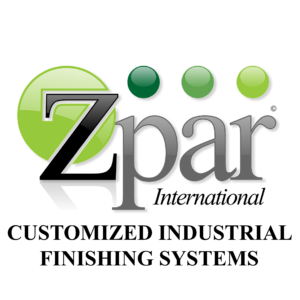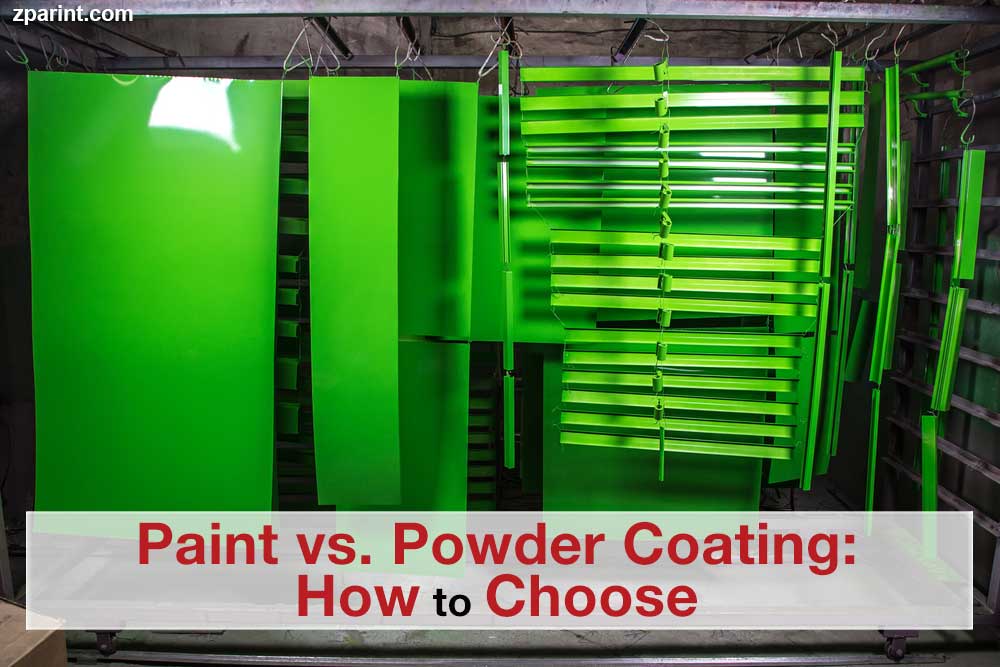One of the most frequently asked questions in the finishing world is whether wet paint is superior to powder coating or the other way round. Well, despite their numerous differences, these two finishing processes do share a number of similarities. In the first place, both of them are used in a paint booth for the same purpose, though in markedly different ways. Also, both of them are formulated with resins, pigments, and even additives. However, the major difference between paint and powder coating is the composition of the first includes solvents, which the latter lacks. These solvents are what maintain the contents of wet paint in a suspended, liquid state. On the other hand, powder coats are applied in the form of dry powders. To this end, most of the disparities between them and paint when utilized in spray booths arises from the disparity in their chemical formulation. Here is a review of the key differences between wet paint and powder coats including the different applications they are well suited for.
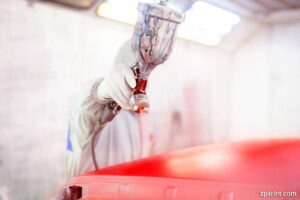 Paint
Paint
Painting is the conventional process of applying wet paint onto the surface of an object under high pressure, and is generally carried out within the confines of a spray paint booth in industrial applications. In more cases than not, paint is applied through pneumatic poed devices or machines to deliver coats which are evenly and consistently spread over the surface. Painters will apply this paint until the object being painted receives an even coat in accordance with the desired thickness.
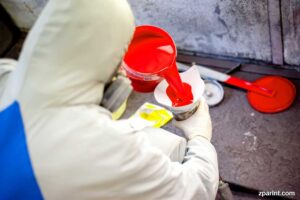 What are the pros of paint?
What are the pros of paint?
First of all, wet paint is noted for its ability to dry on its own. This completely does away with the need for ovens, and makes the process ideal for items that cannot be subjected to heat treatments. At the same time, paint may present more options when it comes to the diverse colors that can be rendered through it in a paint booth setting. Additionally, paint may be applied in thin coats and still enable the achievement of smooth textures. This particular characteristic makes wet paint the most suitable choice when painting objects necessitating thinner coats. Lastly, this finishing process is known to be more budget-friendly than powder coating and can be the best solution for growing businesses.
What are the cons of paint?
To begin with, wet paint doesn’t measure up to the durability of powder coat finishes. With the passage of time, painted finishes must be subjected to touch-up and a newer coat might be required over time. Also, it tends to be rather hard to obtain even coats in a spray booth when using paint, and it necessitates multiple coats to deliver smooth and even finishes.
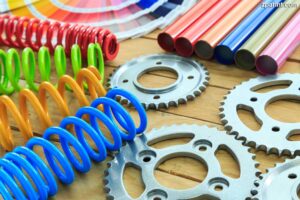 Powder coating
Powder coating
Powder coating is a finishing process where coats are applied onto the surface of an object via the electrostatic process. These coats take the form of free-floating dry powders that are then subjected to heat before the process is complete. The powders utilized in this process may include polyester, straight epoxy, polyurethane, acrylics, or even polyester epoxy. Powder coating delivers thicker, tougher, and more consistent finishes upon comparison with wet paint. Additionally, the electrostatic process renders this procedure more efficient and can minimize waste by as much as 95%. When successfully completed, a powder coating finish has to be cured at heat levels exceeding 400 degrees Fahrenheit, allowing the melted powders to stick to the surface.
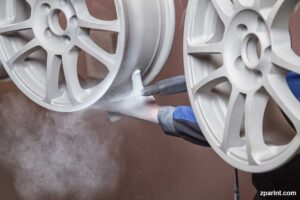 What are the pros of powder coating?
What are the pros of powder coating?
In the first place, powder coating produces thicker, adhesive finishes which can last much longer than paint finishes. This process is as well renowned for the rapidity in which it can be performed and generally suffices in one application. Also, since powders may be mixed and manipulated beforehand, powder coating delivers a variety of different colors when contrasted with wet paint. This procedure is an eco-friendly solution too since the powders used are devoid of toxins and it produces less waste than paint. Lastly, powder coating can create smooth, solid finishes consistently.
What are the cons of powder coating?
First of all, this process is totally incompatible with finishing objects that require thin coats. Secondly, powder coating requires investing in costly and high technology equipment including industrial ovens and electrostatic spray booths which makes it an unsuitable solution for businesses with a limited budget.
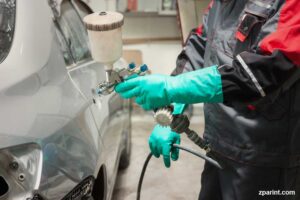 Paint vs. powder coating: Which is the best solution?
Paint vs. powder coating: Which is the best solution?
When it comes to cost-effectiveness, powder coating has the upper hand over wet paint finishing. This process has a transfer efficiency within the range of 60% to 70%. This means that around two-thirds of powders applied serve the desired purpose. On the other hand, paint has a transfer efficiency within the range of 30% to 35%, and two-thirds of the paint used is wasted. In the context of health and safety, powder coating again has a significant edge over paint finishing. Most varieties of wet paint are flammable and negligent storage can trigger fire hazards. Wet paint can pose a serious health risk to painters too since it contains volatile organic compounds (VOCs) and other toxic solvents.
In terms of color accessibility in a paint booth, paint presents the benefit of permitting painters to view its final dry state colors from the very beginning. This makes it infinitely easier and more convenient to mix and match paints with accuracy. On the flipside, mixing and matching powder colors is an extremely complex task and the exact color of mixed powders can never be determined beforehand. On a parting shot, when it comes to reliability, powder coating finishes deliver a stronger and more durable finished surface. Powder coats generally offer superior and longer-lasting protection to the surfaces they are applied on especially metallic objects. Powder coats also tend to last longer and can effectively resist prolonged exposure to the forces of elements. Wet paint, on its part, is subject to resin breakdowns and will fade its color when exposed to the elements for protracted periods of time. All in all, choosing between these two finishing processes usually depends on the exact requirements of your paint facility. When all is said and done, both of them may deliver smooth and thorough finishes on diverse surfaces.
ZPar International is a foremost manufacturer of both spray booth and powder coating solutions, and we make it a point to deliver first-rate finishing products for industrial purposes.
